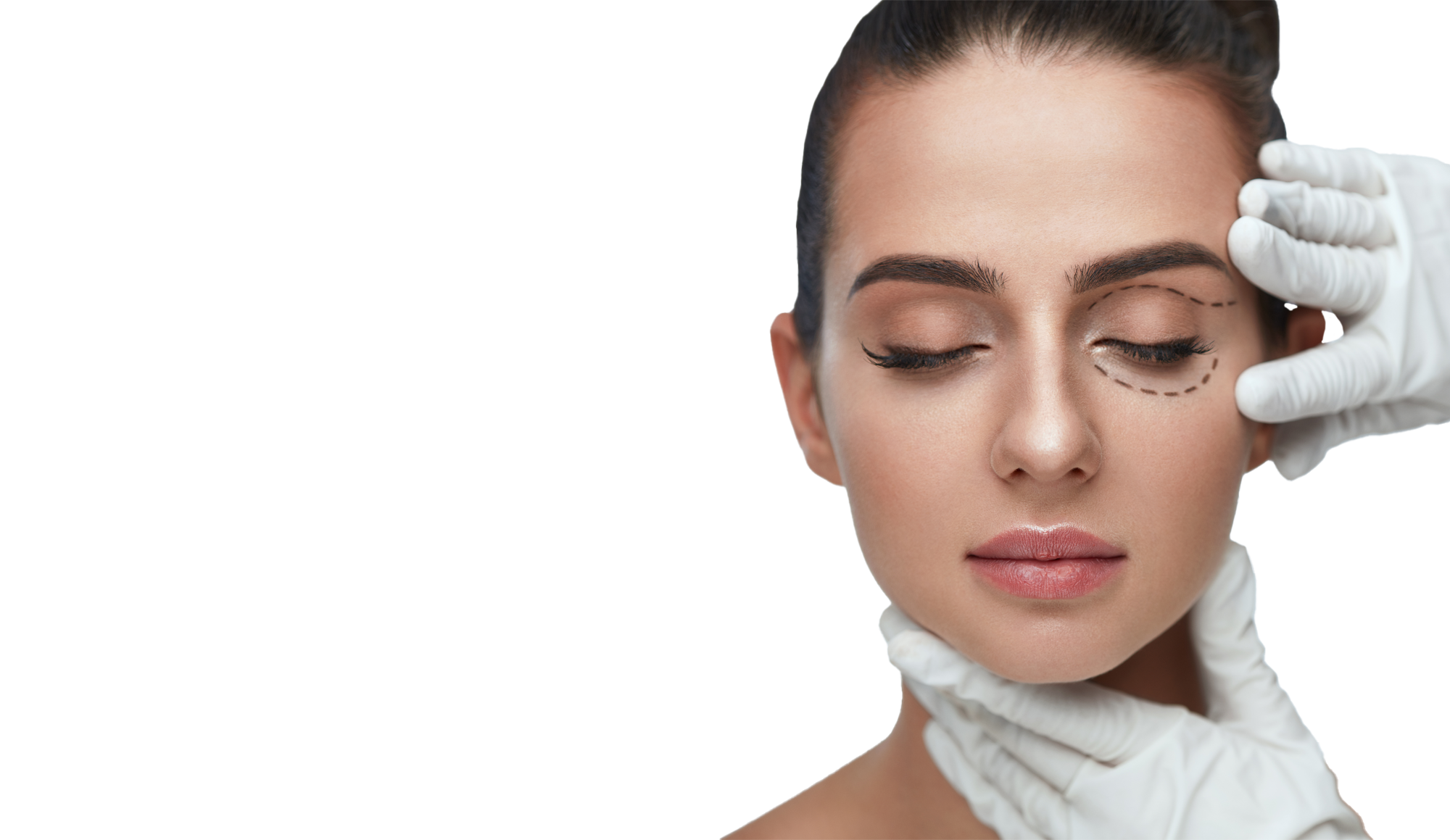
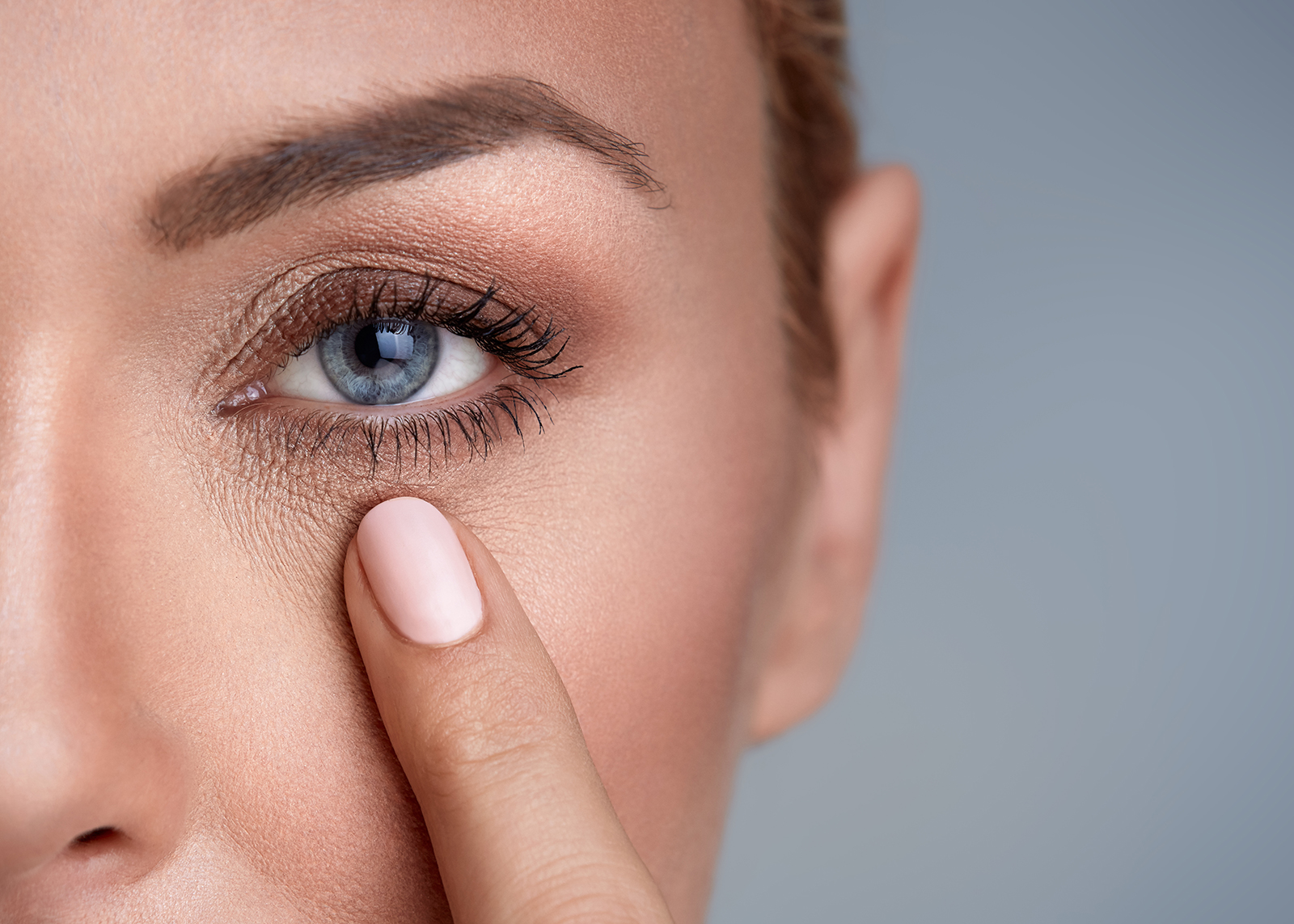
Also referred to as ophthalmic plastic and reconstructive surgery, oculoplastic surgery involves reconstructive and plastic surgery of the tear ducts, eyelids, orbit, and the eyelids and brows. It also entails the surgical and medical treatment of different abnormalities in the eyelids, eyes, eye socket, tear ducts, and face.
Our expert oculoplastic surgeons at The Medical Eye Center come with unrivaled experience, enabling them to perform oculoplastic surgery for patients with issues like ptosis, orbital conditions, and tumors and cysts on the eyelids.
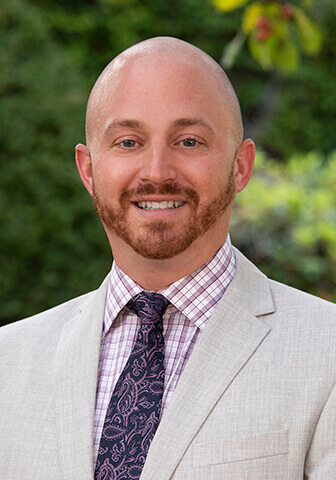
Dr. Dane Slentz at The Medical Eye Center is among the finest board-certified, ASOPRS trained oculoplastic specialists in New England. ASOPRS (American Society of Ophthalmic Plastic and Reconstructive Surgery) is a professional society for ophthalmologists who specialize in plastic and reconstructive surgery of the face, eyelids, and orbits. An ASOPRS-trained surgeon has received specialized training in the field of oculofacial plastic surgery and comprehensive training in the latest techniques and technologies. Dr. Slentz is one of only a few ASOPRS physicians in New Hampshire. Whether you’re looking to enhance your appearance or need a medically necessary procedure, he’s dedicated to providing patients with superior quality care, treatment, and exceptional outcomes. Schedule your consultation at The Medical Eye Center today!
"Dr. Slentz removed a small cyst on my lower eyelid. A week later, there is absolutely no indication it was ever there. He answered all my questions and was professional in every manner. Definitely going back to him for any future eye issues. Thank you, Dr. Slentz!!"Request an Appointment
-Janine B.
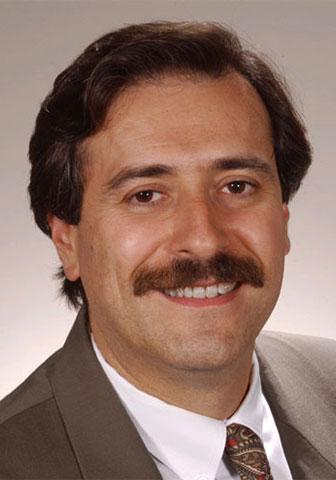
After fellowships in neuro-ophthalmology and orbital and ophthalmic plastic surgery, Dr. Weinberg worked in academia at the University of Vermont, University of Utah, and Dartmouth before heading into private practice in southern New Hampshire in 2010, where he specializes in cosmetic and reconstructive eyelid surgery and has performed over 5000 eyelid surgeries, as well as noninvasive cosmetic procedures, such as botulinum toxin (e.g., Botox) and filler injections, IPL, laser skin resurfacing, and chemical peels.
Nominated for Castle Connolly / New Hampshire Magazine Top Doctor every year since 2017. Board-certified; fellow of the American Society of Ophthalmic Plastic and Reconstructive Surgery and the American Academy of Ophthalmology; and president of the New England Oculoplastic Society.
Request an Appointment

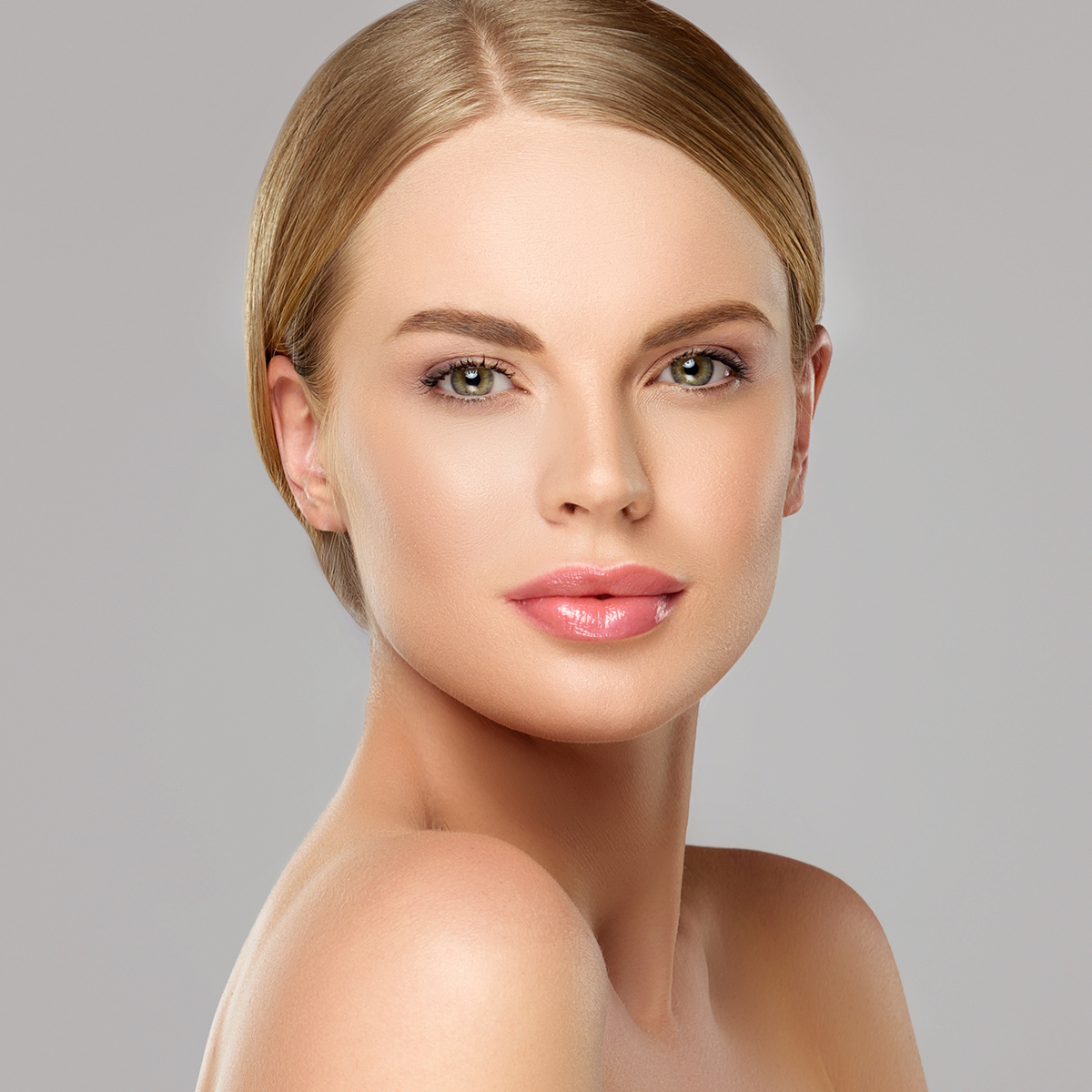
Some conditions treated with oculoplastics are complex reconstruction after removing skin malignancies to prevent them from returning. Other conditions that oculoplastics can treat include:
If the tear ducts become obstructed, your tears won’t properly flow and discharge from your eye. Treatment can include massaging the fluid inside the duct that’s trapped or surgery if this doesn’t work.
DCR is a surgical procedure that creates a new tear drain between the nose and eyes. You’ll have this procedure performed if your duct has become blocked or clogged and your tears cannot drain from your eyes.
Entropion is a condition that results in the turning in of the upper or lower eyelid. When this occurs, it irritates the skin and eyelashes. Ectropion is a condition where the eyelid turns outward. When the eyelid turns out, this exposes the eyelid’s inner surface and often leaves it more prone to irritation.
Having orbital surgery is necessary for patients with eye socket problems like thyroid eye disease. Thyroid eye disease is also known as Graves’ eye disease.
The condition leads to the abnormal swelling of the tissues behind the eye, which pushes the vision forward. Having orbital surgery may be necessary if tumors have developed in the eye socket, orbital trauma has occurred, the eye needs to be removed, or to manage complications of Graves’ eye disease.
Thyroid eye disease is an autoimmune condition that occurs when cells in the immune system attack the thyroid gland. The thyroid responds by releasing too much thyroid hormone.
When there’s an excess of thyroid hormone, it enlarges the thyroid gland, increasing metabolism. Being in a heightened state of metabolism leads to symptoms like fast pulse, palpitations, sweating profusely, fatigue, weight loss, high blood pressure, intolerance to heat, and hair loss.
Graves’ eye disease often leads to autoimmune attacks on the eye muscles and connective tissue located in the eye socket. A patient with thyroid eye disease will experience swelling and inflammation.
They may also experience puffiness around their eyes, redness, pain, bulging eyes, irritation, and dry eyes because the eyelids can no longer completely shut over the protruding eyes.
Ptosis occurs when the upper eyelid sags or droops over the eye. For many people, this can block vision.
Reconstructive surgery makes the artificial eye look as natural as possible after eye socket surgery.
Punctoplasty is a surgical procedure that corrects tear overflow from the eyes by widening the eye’s punctal opening. By widening this opening, tears can drain freely from the eyes again.
A CDCR creates a new passage for tears to drain from the conjunctival impasse in the nasal cavity with bypass tubes.
Lacrimal stenting helps with cases of obstruction or laceration in the tear’s drainage system and is often only placed temporarily, usually several months. Some may remain in place long term.
Oculoplastic surgery at The Medical Eye Center covers many areas of ophthalmology such as:
While some oculoplastic procedures are medical and deal with functional issues with your eye structure, others are for cosmetic purposes. If you want to look younger, rejuvenated, or more youthful, there’s a good chance that you can benefit from cosmetic oculoplastic services.
Usually, a plastic surgeon is the first thing many people think of when they want to combat the signs of aging or improve how they look. But oculoplastic surgeons are often more preferred now and for a good reason.
These experts specialize in facial and eyelid plastic surgery. Oculoplastic surgeons are extensively trained ophthalmologists.
This means they have the background to provide a more precise approach and more finesse. Their results are more exact, and they have a greater understanding of both the face and the eyes, which works in your favor if you’re a patient who wants to feel younger and look better.


That’s why they are highly recommended specialists to go to if you’re considering any kind of facial plastic surgery on and around the eye.
Your surgeon will take your complete eye care into account during the procedure. Dr. Slentz and Dr. David A. Weinberg at The Medical Eye Center are fully qualified, board-certified ophthalmologists and have advanced ophthalmic surgery training. They offers lacrimal stenting, punctoplasty, conjunctivodacryocystorhinostomy (CDCR), and dacryocystorhinostomy (DCR).
Also, they use advanced technologies to provide treatments for clogged tear ducts and epiphora. Other areas of specialization include trauma and reconstruction of the lacrimal system and reconstruction after Mohs surgery. Also, Dr. Slentz and Dr. David A. Weinberg can remove styes and bumps on the eyelids and bothersome legions or those suspected to be cancerous.
If you’re considering an oculoplastic procedure, the first step is to go for a consultation with a surgeon to discuss your issues and goals. The oculoplastic specialist will review your eyes, test results, and medical history.
Tests will be done depending on the kind of surgery you need. After establishing you need an oculoplastic procedure, the surgeon will develop a highly individualized plan tailored to your unique needs.
With their precision, skill, and attention to detail, oculoplastic surgeons can correct unsuccessful results from previous cosmetic surgeries.
Corrective surgery is quite delicate and requires a thorough and specialized knowledge of the eye and how it has been affected by a prior procedure, which is crucial. The main concern of a top-rated oculoplastic surgeon is your health and safety.
Although these specialists understand that a cosmetic surgery patient’s primary goal is to look and feel great, their focus on blepharoplasty is eyelid function. This involves ensuring the patient can close their eyes properly after they’ve recovered from surgery.
With that being said, if there’s a need for any tweaks or corrections, such as dealing with old injuries or removing an unsightly skin lesion, they will do it during surgery. Performing these corrections during an already scheduled procedure ensures that patients do not have more surgical procedures than necessary.